Summary
- Tokens are a fundamental component in the digital innovation landscape, underpinning the mechanics of Web3 ecosystems, including governance and utility functions, settling of transactions, and the incentivization of desired behaviors.
- The existing legal and regulatory frameworks are inadequate for categorizing the wide array of tokens, hampering innovation with the potential for most tokens to be classified as securities. The discussion emphasizes the critical need for clear and nuanced definitions of digital assets to fully unleash their innovative potential.
- Our recent research highlights a number of Web3 projects utilizing a range of tokens that seek to address structural parameters of inequality, building new communities that seek to increase access to opportunities for all and new tools for organizing resources. Read our report in full for more details.
In the evolving landscape of digital innovation, tokens emerge as a cornerstone, offering unprecedented opportunities. Central to the dialogue on digital assets is a critical need for nuanced, clear definitions. Without these definitions, the potential for innovation – especially in ways that can uplift and empower underserved communities –remains constrained.
Not all tokens are created equal, nor do they serve a singular purpose. Far from being merely speculative financial instruments, tokens can underpin a vast ecosystem of Web3 projects. They facilitate a myriad of activities essential for the vibrancy and sustainability of these digital ventures. Tokens may be issued by Web3 projects to support a broad range of activities critical to project functioning, including core project utility and governance.
However, the lack of precise legal and regulatory frameworks to categorize these tokens stifles innovation. The current digital asset definitions fall short of encompassing the broad spectrum of token types that builders are currently using to power their projects. Builders are undertaking resource-intensive navigation of unclear national and state level policies. Many builders we spoke with cited significant incremental compliance legal costs, the threat of costly lawsuits, and impacts on business decision-making as a result, slowing down some projects and preventing others from ever going to market.
Our research, informed by discussions with a diverse group of builders, highlights the multifaceted nature of tokens. Builders we spoke with for this research developed projects that involve a broad spectrum of token types, many of which are not addressed by current digital asset definitions.

Tokens and their Applications
To support a more informed and nuanced understanding of digital assets, we documented example token-uses to demonstrate the potential of digital assets in fostering inclusion and innovation. It showcases why clear, nuanced definitions that recognize how the tokens are used and the functions they serve are crucial.
By embracing the complexity and diversity of varying token types, we can unlock a future where innovation flourishes – and in which digital assets serve as tools for empowerment and progress for underserved communities.
Learn more about other case studies in our Impact Base:

























